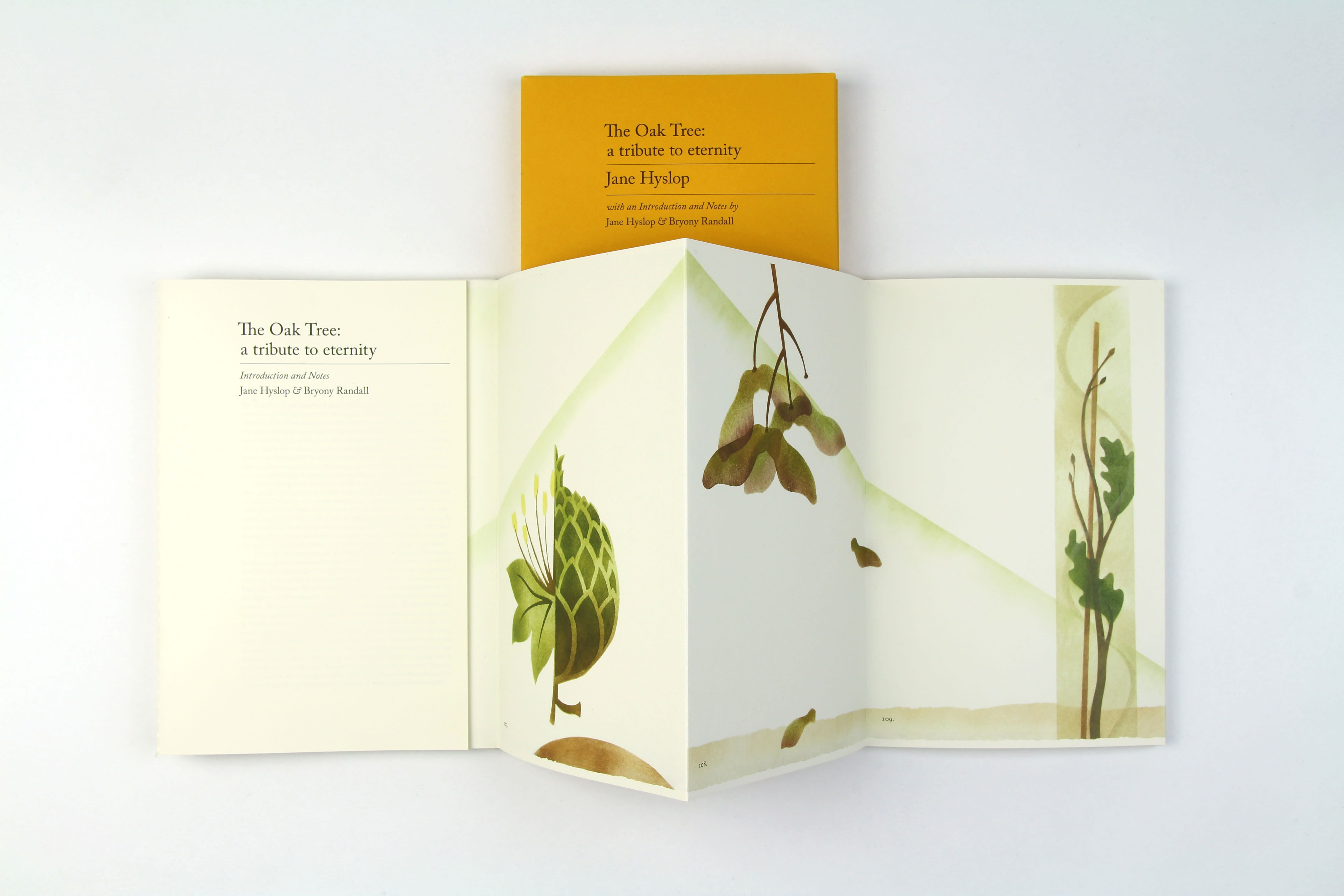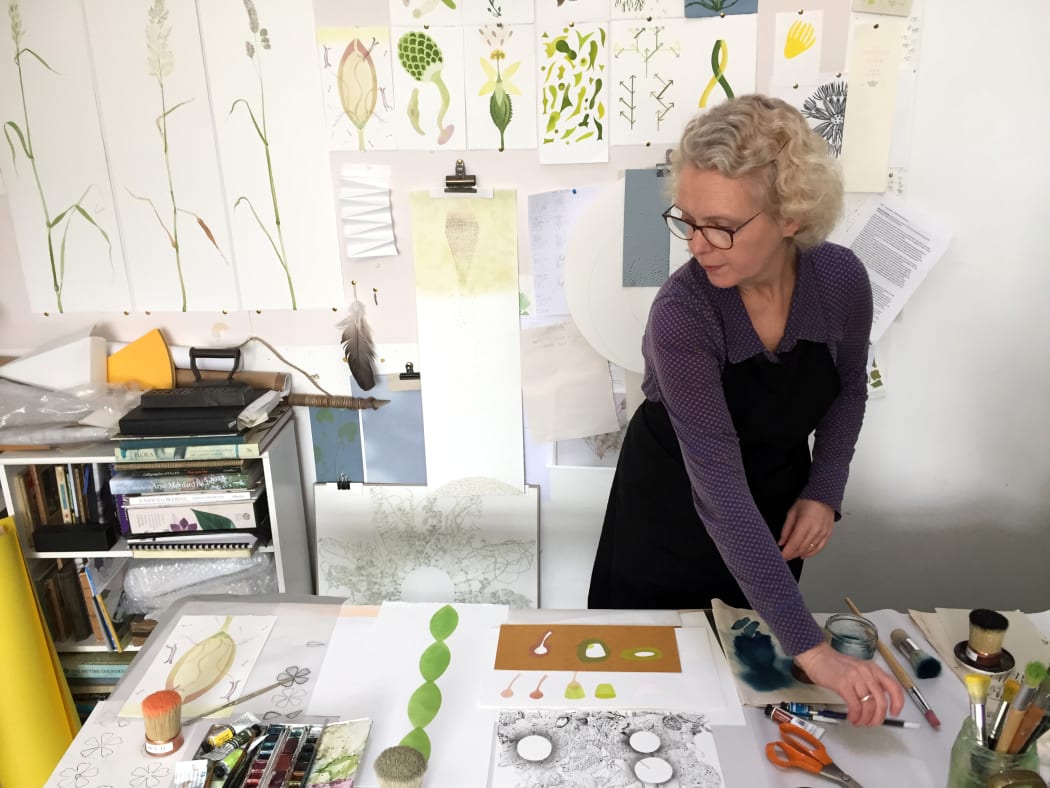
Each month, we’re sitting down with one of our Academicians to discuss their practice, influences and upcoming projects. This month, we're talking to Jane Hyslop RSA about Midlothian, Virginia Woolf, and being a John Kinross Scholar in the pre-internet world.
I feel a close identity with Midlothian, having lived there all my life.
Beyond this, I have always been aware that at least one branch of my family originated there. Having researched this more recently, it has strengthened my rootedness within the area.
My work has always been concerned with place, topography, the natural world and how people occupy and have worked in particular locations. To know that forebearers farmed the land and were employed in the linen industry, very close to where I now live, enables me to have a feeling of legitimacy in exploring this place through the work I make.
Early in my career, I was fascinated by the mining industry’s impact on this landscape with its buildings, bings and railways. The manner in which nature began to repopulate post-industrial sites during the late 1980s became a point of transition which piqued my interest, and I have continued to explore similar ideas as human interventions have been slowly erased across the years.
More distant industries, many of which are now almost invisible, such as linen, gunpowder and paper mills on the North and South Esk rivers, are important locations that I explore. Many places, which at first glance appear completely natural with established woods and deep undergrowth, mask industries that were active during past centuries; for example, Prestonholm, where a busy linen industry once thrived and where generations of my family worked. I am also interested in how this particular plant material is so key within the turning point of Scotland’s industrialisation and more generally the tensions between the natural world and human histories.
Beyond this, my practice extends into the study of particular texts, many of which focus or relate to the plant world. Most recently, I have worked with Virginia Woolf’s Orlando, a Biography, and in an ongoing project with Maurice Maeterlinck’s The Intelligence of the Flowers.
When exploring imagery relating to these texts, I use specimens of plant material collected in Midlothian to make drawings and studies from. Thereby, the place is part of my work quite literally and has meaning on several levels.
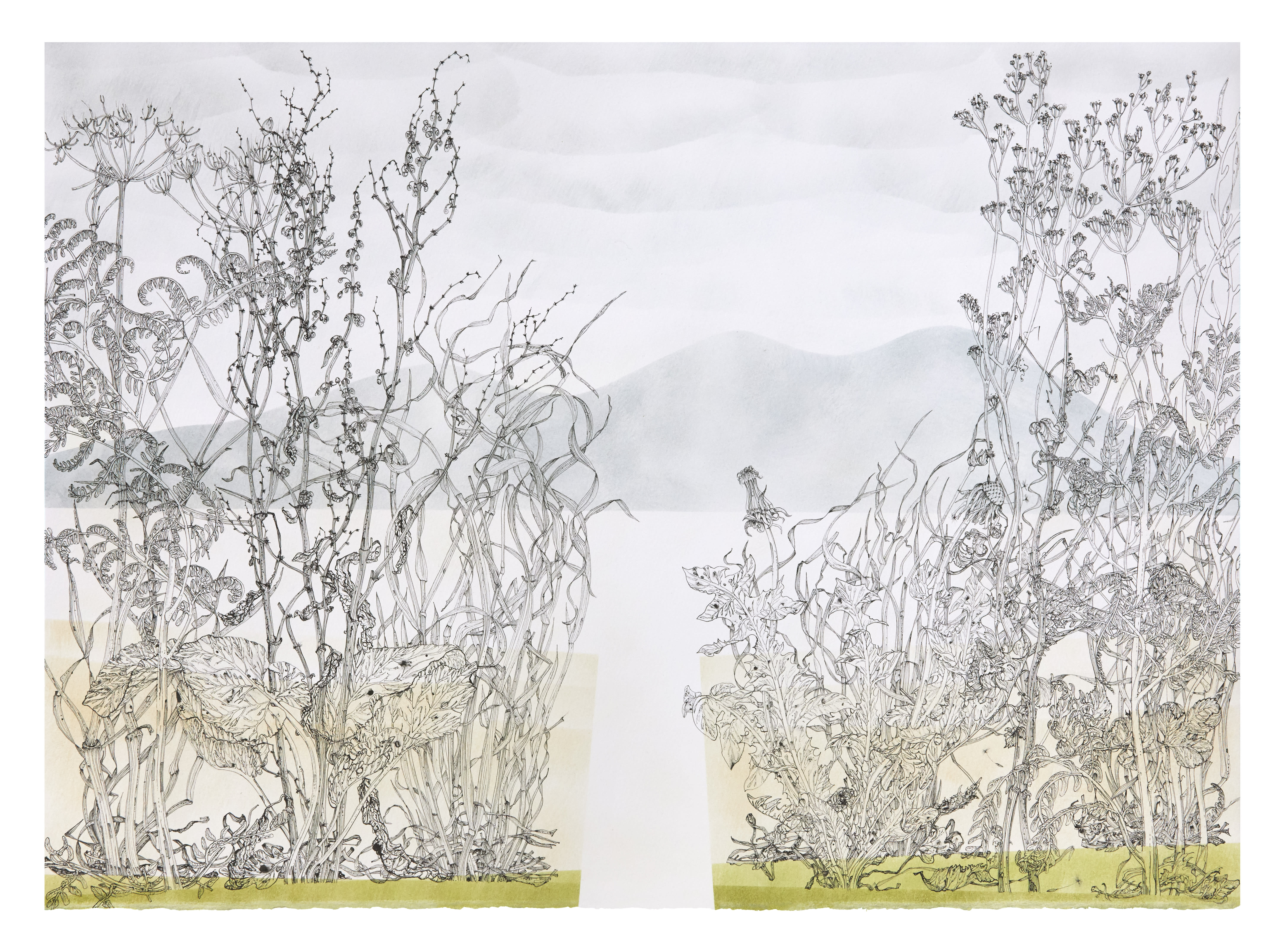
Jane Hyslop RSA, The Pentlands, After Gillies, 2023. Pen and ink with pochoir printing, image credit Andy Philipson.
As well as drawing and painting, you are particularly interested in making artist’s books. What drew you to this medium?
From childhood, I have always had a deep interest in books and an urge to make them. Early in my studies at Edinburgh College of Art, I was drawn to create books for particular projects and, in my final year, a book which focussed on historical aspects of my hometown, Dalkeith, was central to my Degree Show.
Since then, I have developed this practice and artist’s books are at the heart of that. Much of my work is made as a way of relating information, often in a diagrammatical manner, and the book offers a space which demands focus, ordering, pacing and editing. It is a succinct and portable way to reach an audience, and it offers me a direct relationship with the viewer. With the book existing in hands, tactility and attention to detail are so important.
I appreciate and respond to the demands that the book requires of me. It is an exacting and rewarding form to work with and I spend a long time on each project, honing ideas and paring back to try to get to the essence of the content and to present it with economy of design, efficiency and simplicity.

Jane Hyslop RSA, The Oak Tree: a tribute to eternity, 1928 – 2020. Pen and gouache with pochoir printing, image credit Andy Philipson.
When artists and architects are elected as Academicians, they're asked to submit a work to the RSA Diploma Collection. Could you tell us about your Diploma work, The Oak Tree: a tribute to eternity, 1928 – 2020, and why you choose it as the work that would represent your practice?
This drawing was made as a special piece in association with my artist’s book The Oak Tree: a tribute to eternity.
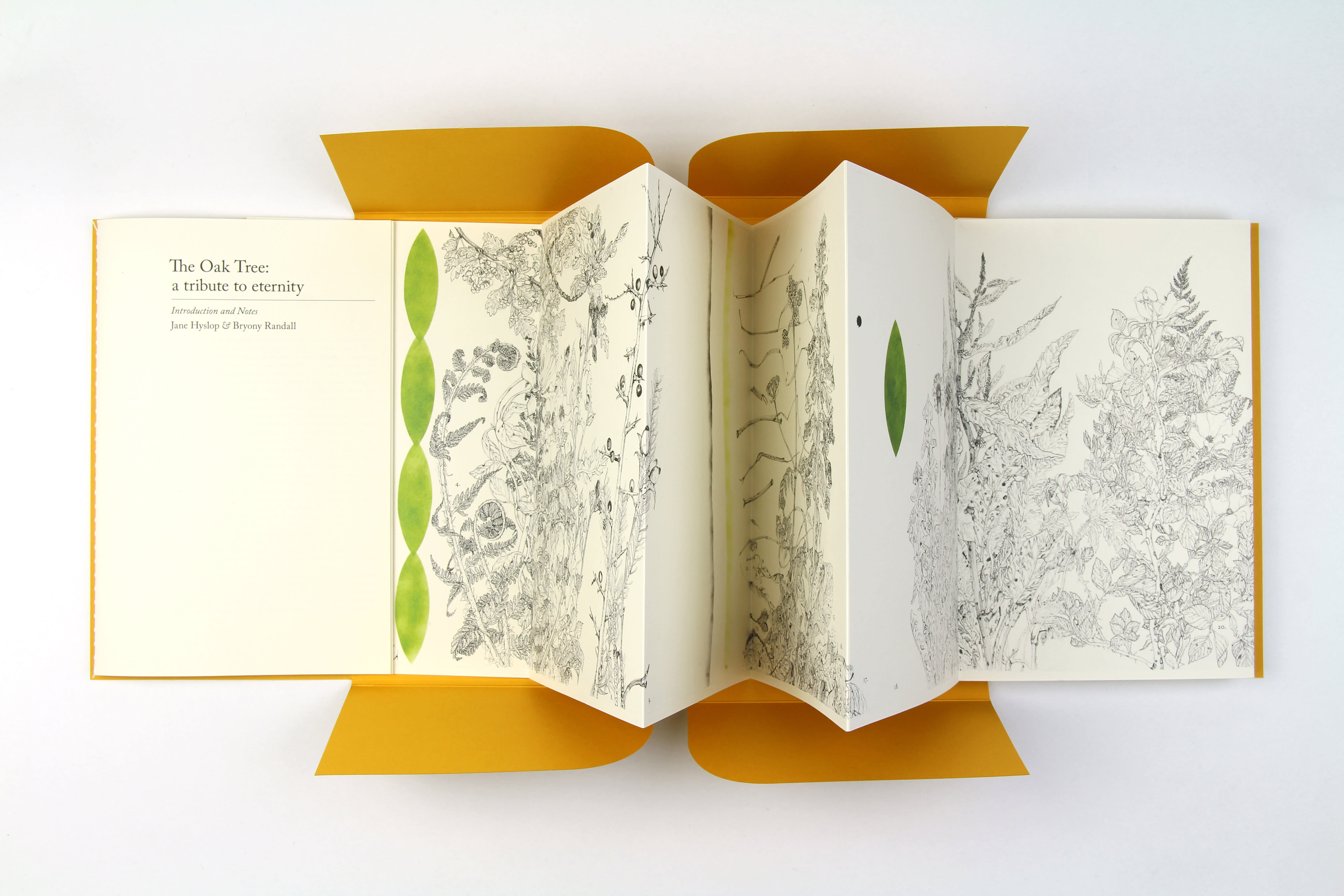
Jane Hyslop RSA, The Oak Tree: a tribute to eternity, 2024. Limited edition artist book signed and numbered by the artist, litho printed on Fedrigoni papers, image credit Oana Stanciu.
This major project, which took over four years to complete, was inspired by Virginia Woolf’s Orlando, a Biography, and is made as a timeline spanning over 700 years. The Oak Tree: a tribute to eternity weaves historical and contemporary fact with fiction and marks the pivotal point at which we now find ourselves in the face of climate change and declining biodiversity. Using plants, which are key throughout the novel, the project underlines its biographical intention with Vita Sackville West at its core. The flora used highlights aspects of Orlando’s adventures across the centuries and symbolizes important events and themes throughout the work. It follows Woolf’s groundbreaking novel in drawing attention to the very moment of the present, while urging us to look to the future.
Taking the form of an imagined visual edition of the manuscript the eponymous character writes throughout the novel, the artist’s book is accompanied by an introduction written in collaboration with Professor Bryony Randall, University of Glasgow.
The images are drawn using a writing nib to echo Orlando’s act of writing their manuscript alongside elements of pochoir, popular around the time of the publication of the novel. All plant specimens were collected in Midlothian and drawn directly from life.
The Oak Tree: a tribute to eternity, 1928 – 2020 was made as an accompanying drawing to this work and depicts part of the extended timeline beyond the novel’s publication, taking this piece to the point of the Covid-19 lockdown in March 2020. It also highlights gaps that are appearing in our biodiversity and lays down records of rising temperatures and sea levels.
The artist’s book had its Scottish launch as featured work at the Fruitmarket Gallery’s Artists’ Bookmarket 2024. It was displayed alongside an exhibition of the complete drawings and prints included in the book. The book has just been nominated for the Prix Bob Calle du livre d’artiste 2025 and acquired by several collections including the Victoria & Albert Museum and Kew Gardens Library Collection.
I wanted this work to be my Diploma Work as it represents my current achievement.
Jane Hyslop RSA, The Oak Tree: a tribute to eternity, 2024. Limited edition artist book signed and numbered by the artist, litho printed on Fedrigoni papers, image credit Oana Stanciu.
You recently sat on the judging panel for the 2024 RSA Blackadder Houston Mid-Career Travel Award and the 2024 RSA Academician Blackadder Houston Mid-Career Travel Award. How did you approach the judging process?
This is one of several RSA Awards where I have had the privilege to be involved on the judging panel. I approach these situations with care and see them as a huge responsibility, always trying to bring my experience as an artist, and in other cases as a lecturer, to the fore and to be fair and open in my approach.
I am proud to be part of this aspect of the RSA’s activity as I believe in the great value the awards programme has in supporting artists at all stages in their careers.
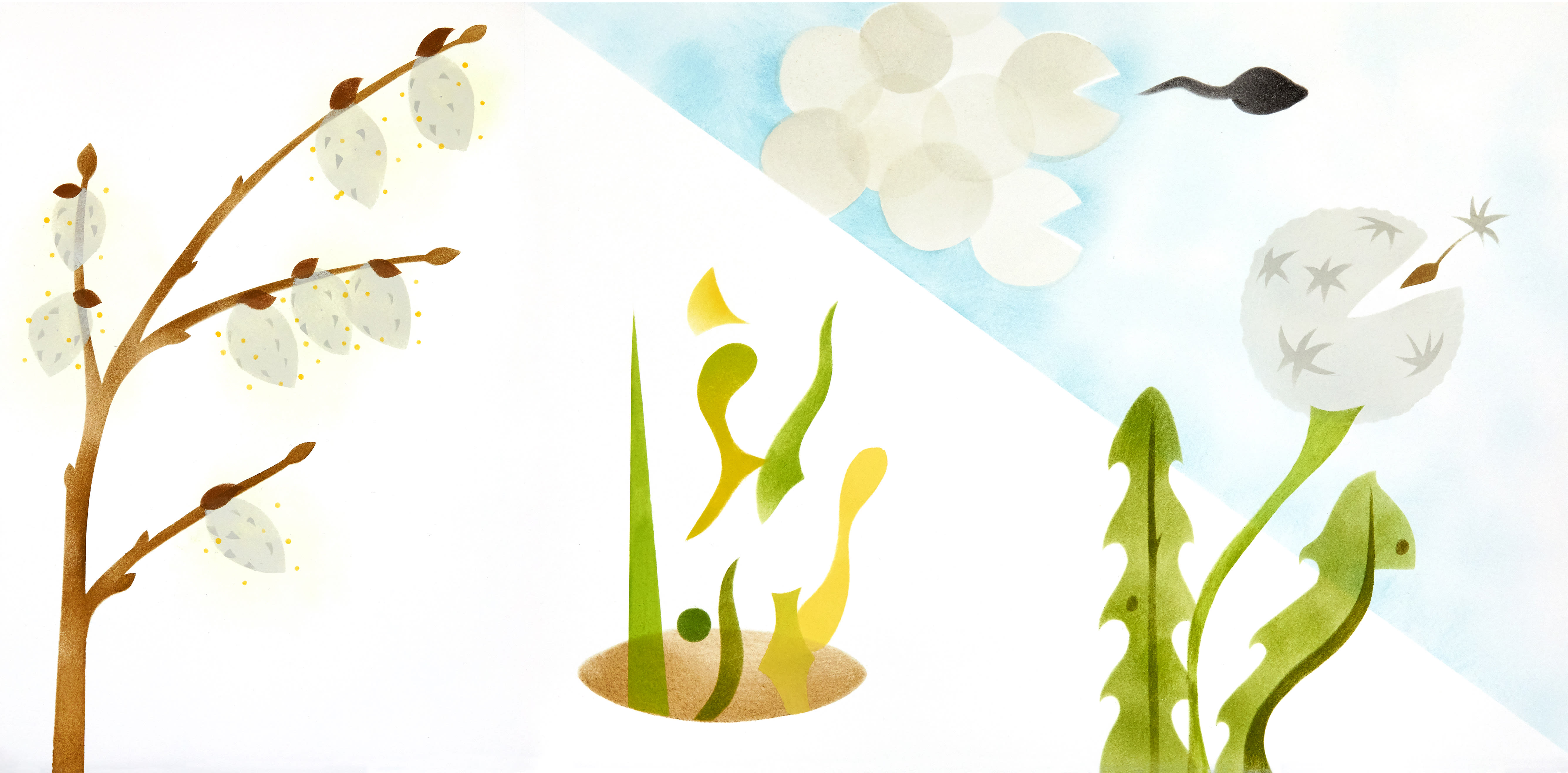
Jane Hyslop RSA, The Oak Tree: a tribute to eternity, March, April, May 2020, 2023. Pochoir print, image credit Andy Philipson.
You were studying at Edinburgh College of Art when you were awarded an RSA John Kinross Scholarship. How did the time you spent in Florence influence your practice, and do you have any words of wisdom for graduates applying for a Scholarship in now?
The John Kinross Scholarship is one of the most valuable and memorable times in my career.
It was such an incredible opportunity and I made so many discoveries when in Italy. I based myself in Florence with two other John Kinross Scholars from Edinburgh College of Art, and we explored many other towns and cities during our three month stay.
The experience opened my eyes to artwork that was new to me, and allowed me to see so much that I already knew at first hand which was incredibly rewarding.
It’s difficult to pinpoint the legacy of this period of study specifically within my practice now, but it immediately impacted my work on my return when early Renaissance compositional devices and direct references to research carried out in Italy were brought into my drawings, paintings and printmaking.
For graduates applying now, I can only encourage their applications and for those who are successful to be ambitious about what they want to achieve while they are there. Their experience will be very different from mine in the pre-internet world, such as when I carefully carried sheets of lino so that I could create blocks for printing while there, as I wasn’t sure I could source it in Italy. Once cut, I posted them back and guarded my spent reels of film for developing on return, each shot precious and hidden until photographs were collected weeks or months later!
This all seems rather unbelievable now and I know that each generation and future scholars will have their own valuable adventures.
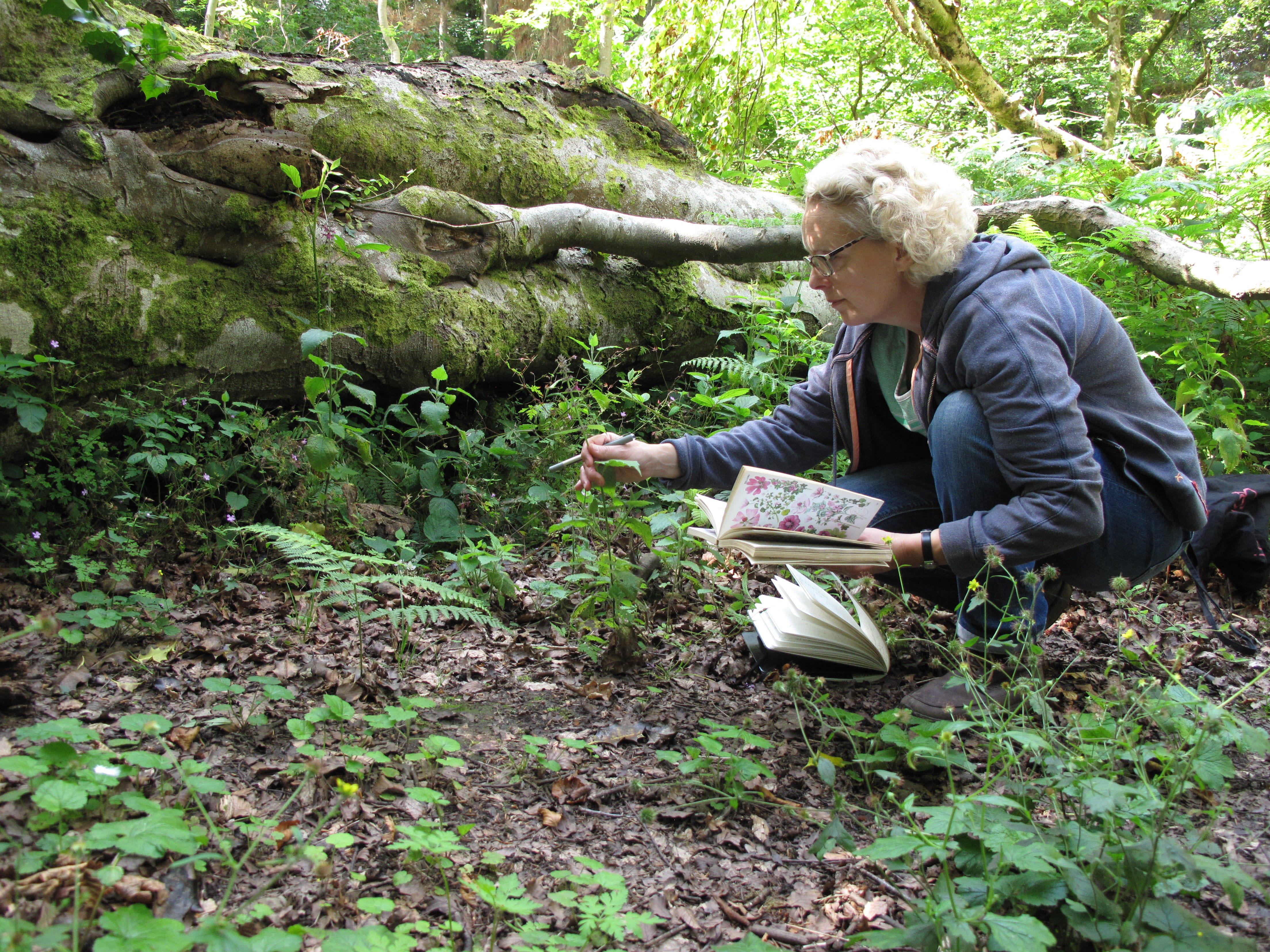
Jane Hyslop, Identifying wild plants, Gore Glen, Midlothian.
Explore Jane Hyslop RSA's work further
